Comprehensive Economic Analysis of Indonesia: Past, Present, Future
VerifiedAdded on 2021/06/17
|5
|540
|37
Report
AI Summary
This report provides a comprehensive economic profile of Indonesia, examining its key indicators, historical trends, and future forecasts. It begins with a brief overview of Indonesia, including its population, currency, political structure, and main economic sectors such as automotive, aviation, and tourism. The report then delves into the country's main economic indicators, including GDP (PPP and real growth rate), GDP per capita (PPP), inflation rate, unemployment rate, and labor force distribution. Additional indicators like the Human Development Index (HDI) are also presented. A historical analysis traces the evolution of the Indonesian economy, highlighting the emphasis on agriculture in the 1950s and 1960s, and the impact of urbanization and globalization. The report then provides a present-day analysis, noting Indonesia's status as the largest economy in Southeast Asia and its credit ratings. Finally, it offers economic forecasts for the coming years, indicating expected growth. The report concludes with a list of cited references.
1 out of 5
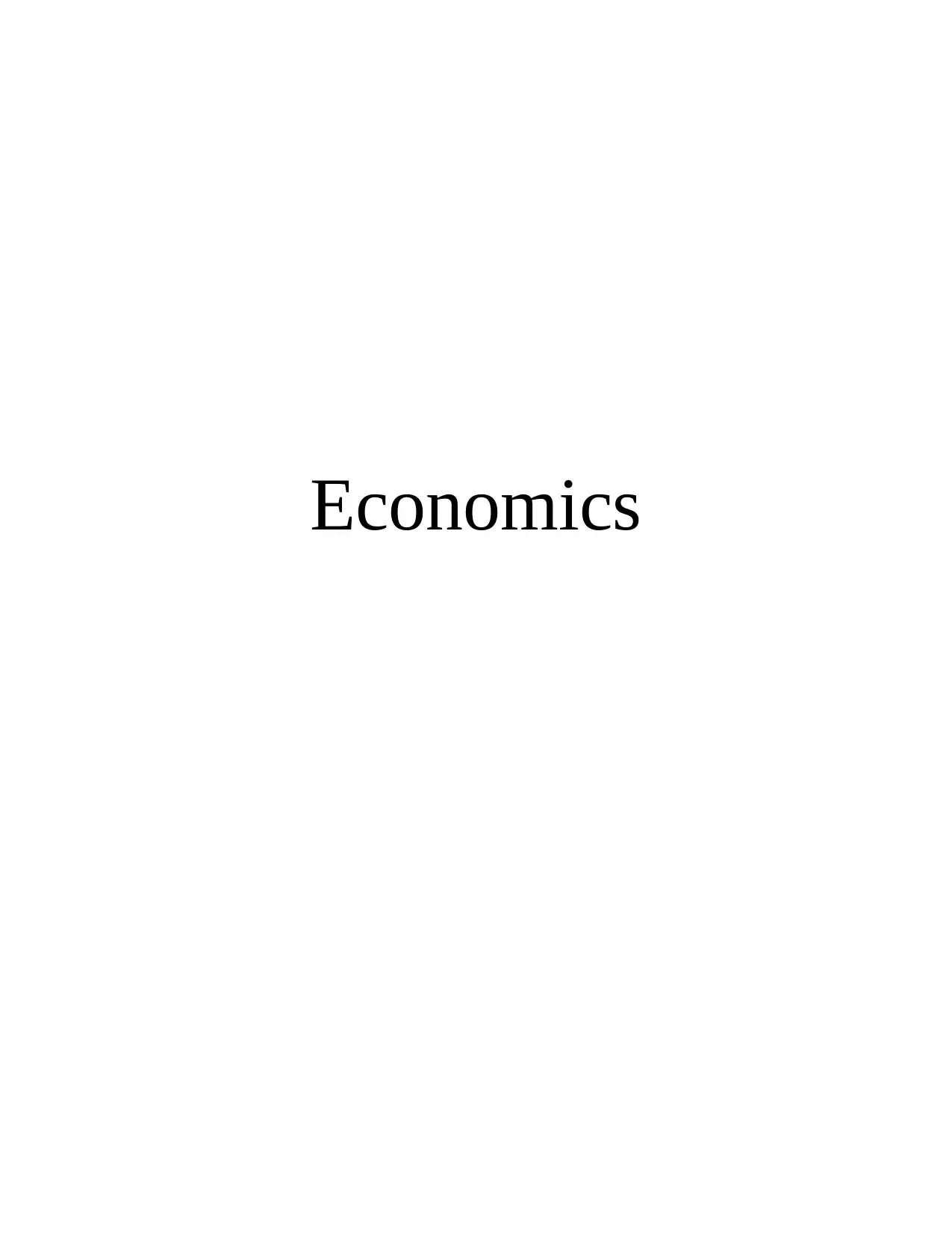
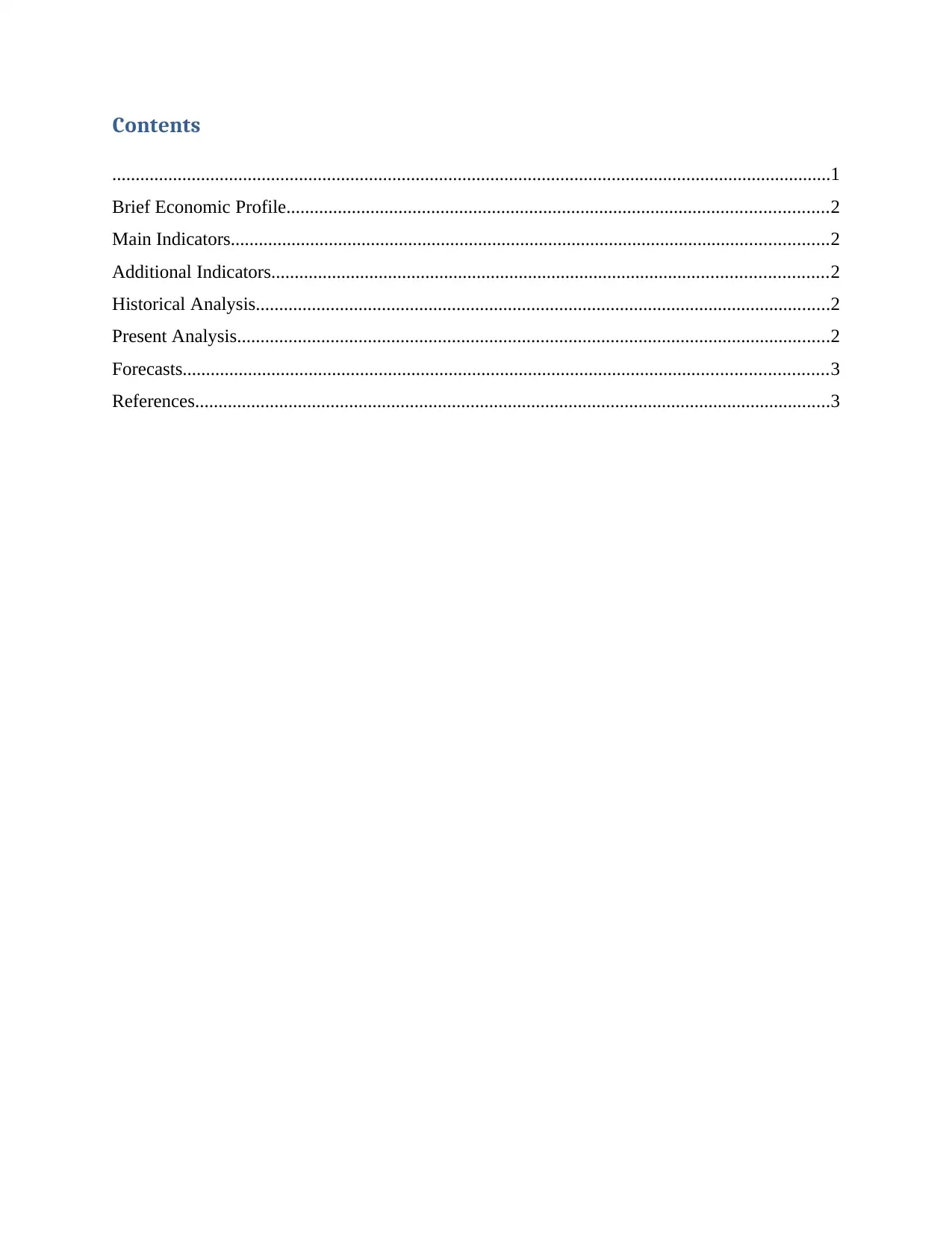
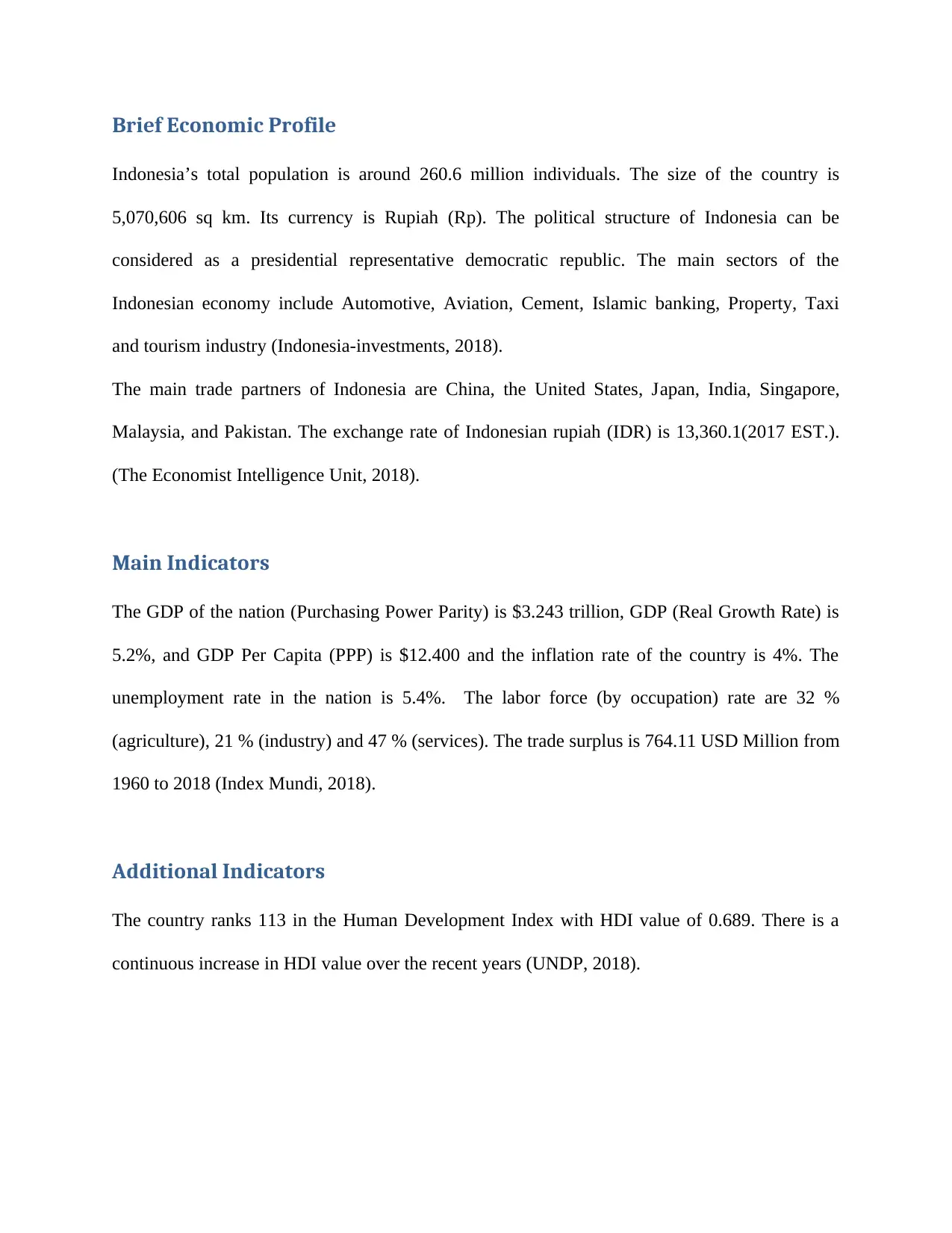

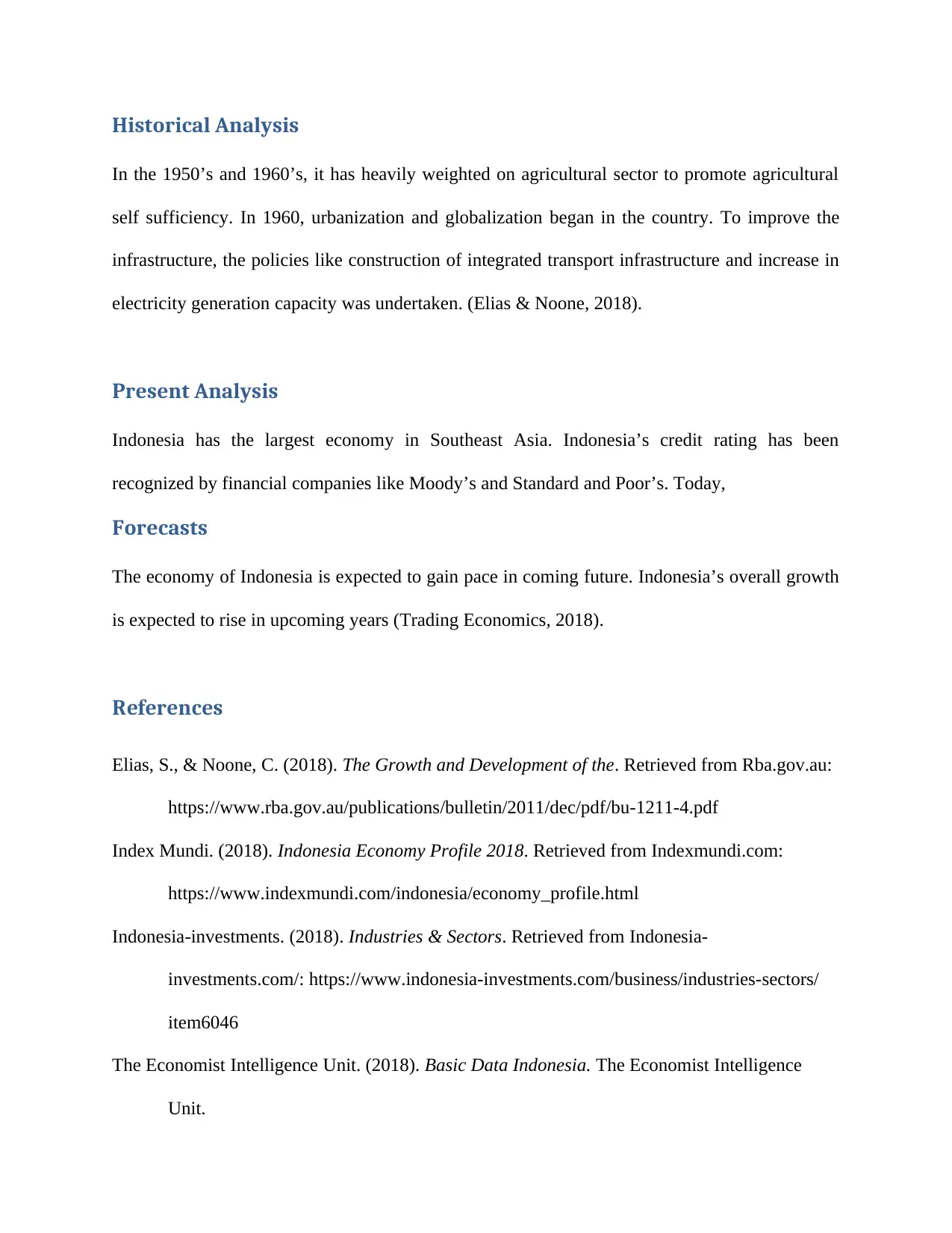
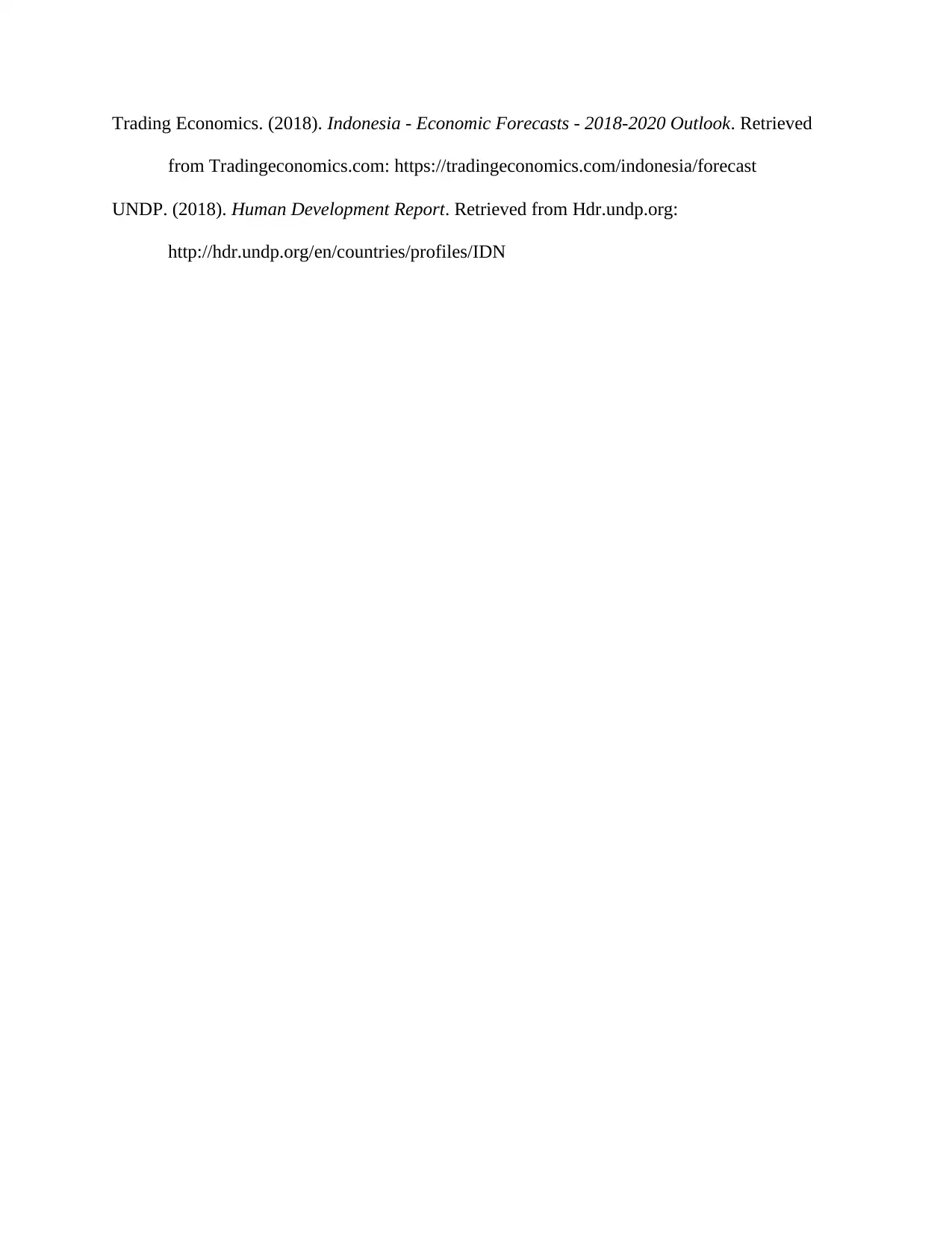
![[object Object]](/_next/static/media/star-bottom.7253800d.svg)